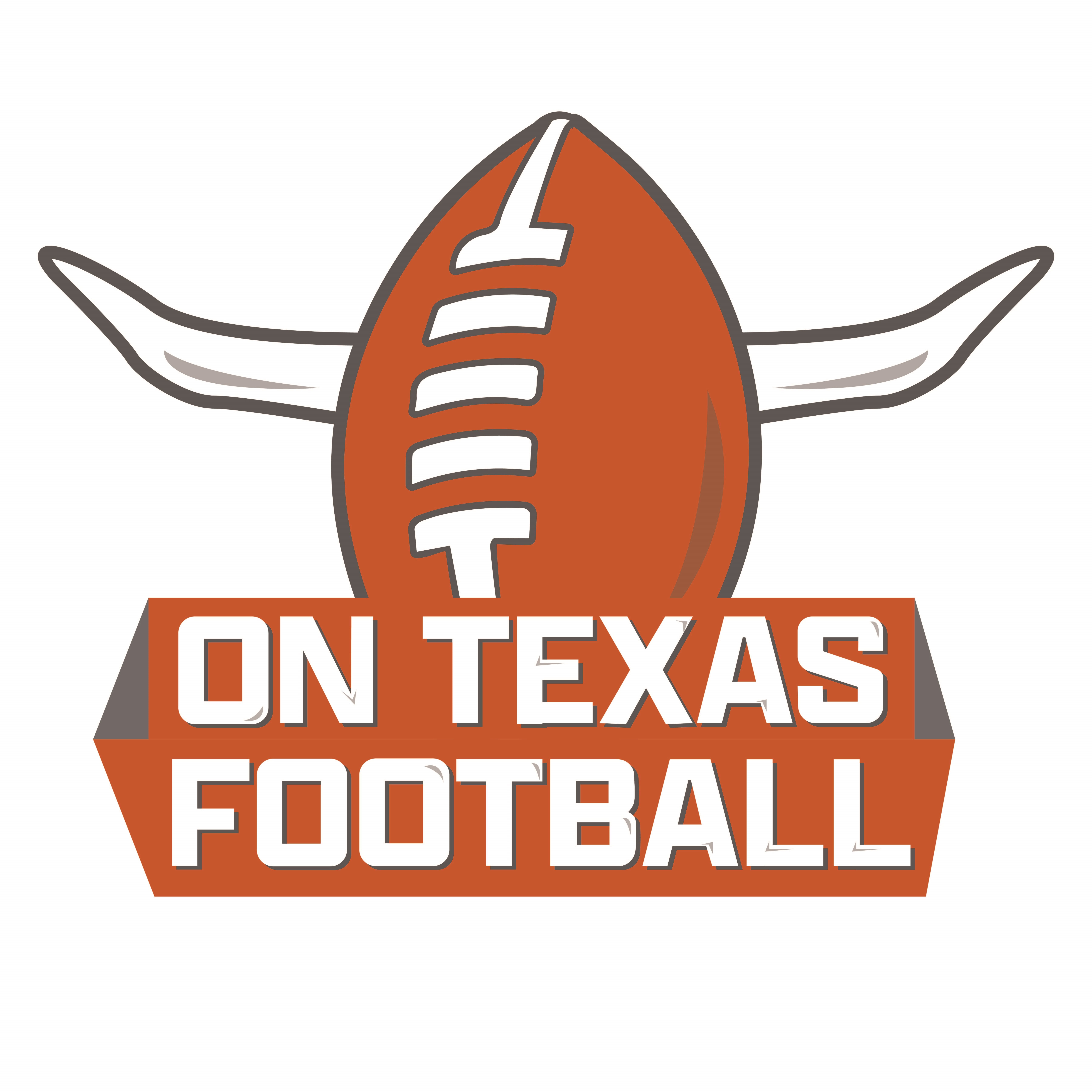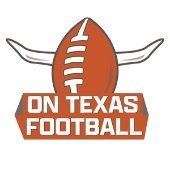
Kirby Smart’s team rolled up a season-high 567 yards of total offense in Saturday’s 41-21 dispatching of Mississippi State. Georgia (8-1, 6-1 SEC) ran for 303 yards and averaged 7.7 yards per play on an afternoon in which Gunnar Stockton (18-for-29 passing for 264 yards and three touchdowns) led five consecutive touchdown drives after a first-quarter fumble in the red zone.
A defense entered Saturday’s game with a Power Four-low eight sacks recorded through eight games. After allowing a 14-play, 75-yard drive to open the game, the Bulldogs forced two three-and-outs, four total punts, a fumble and a turnover on downs to help Georgia build a 38-7 lead by the 9:58 mark of the third quarter.
The Longhorns won four consecutive SEC games after losing to Florida. Texas (7-2, 4-1) has earned the opportunity to position itself as a threat to get back to the SEC Championship Game and the College Football Playoff if it can hand the Bulldogs their second conference loss.
With Georgia’s trip to Starkville out of the way, the countdown to the third meeting between the Longhorns and the Bulldogs in 392 days is officially underway.
— Along with a healthy running back room (Nate Frazier’s 59-yard touchdown run early in the third quarter highlighted a 12-carry, 181-yard performance against Mississippi State), Georgia’s offensive line looks just as good, if not better than the group Stacy Searles put on the field last season.
Texas will come into the game with arguably the best run defense in the country. It should be a hellacious trench battle next Saturday.
— The tight end position is a significant piece in Mike Bobo’s offense, which is why Lawson Luckie’s departure after he was leveled on a hit that led to safety Jahron Manning’s ejection for targeting is a significant development.
Smart said after the game that Luckie wanted to get back on the field after he was ruled out, providing hope of a positive prognosis. Regardless, Luckie’s availability is one of the early health-related storylines to monitor, along with the status of Ryan Wingo (thumb) and Jelani McDonald (concussion protocol), both of whom suffered injuries in the Longhorns' 34-31 win over Vanderbilt.
— Zachariah Branch and Noah Thomas both hauled in touchdowns from Stockton on Saturday. The Bulldogs have upgraded at wide receiver since the last time Texas saw Georgia, with the transfer wideouts responsible for two of Stockton’s completions against Mississippi State that were explosive in nature (gained 15 or more yards), including Thomas’ 64-yard touchdown catch in the third quarter.
— The toughest task the Longhorns have in front of them is figuring out how to run the football with some level of consistency against a defense that came into the weekend as a top-15 unit against the run (94.1 yards per game and 3.01 yards per attempt allowed). Even though Texas is last in the SEC in rushing yards per game in conference play (84.1), Quintrevion Wisner has a track record of getting the job done in big games.
Wisner’s most productive games this season have come against Ohio State (80 yards on 16 carries), Oklahoma (22 carries for 94 yards and five receptions for 35 yards) and Vanderbilt (75 yards on 18 carries and 28 yards on two catches), the seventh, eighth and 17th-ranked FBS run defenses heading into the weekend. With Wisner running behind an offensive line that might've found its best combination with Cole Hutson at left guard and Connor Robertson at center, the Longhorns have at least a puncher’s chance to move the ball on the ground.
— Georgia is elite in the kicking game.
While turnovers doomed Texas in the first meeting with Georgia last season, Brett Thorson’s ability to flip the field and help the Bulldogs dominate field position was a significant factor in the Longhorns’ struggles. Texas is much improved on special teams from last season, but it needs its best game of the season to match or top Georgia's kicking game, which might be the best in the country.
- Read more...
- 29 comments
- 1213 views


